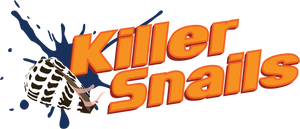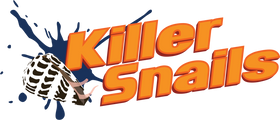Continuing Professional Development (CPD) in VR Conference!

This weekend, I (Corinne) was excited to participate in a panel moderated by Dr. Karen Alexander, with Cassondra Eng and Dr. Mina Johnson-Glenberg, at the #CPD in VR conference. This was the 3rd anniversary of the series which was envisioned as a professional development event for educators interested in learning about VR, from within VR.
This virtual event took place using ENGAGE, a platform for Vive, Oculus, Valve, and Windows devices, as well as PCs and Android devices. Our thoughtfully designed virtual space featured an array of comfortable-looking seating for our customizable avatars and display panels for our slide deck, all against a backdrop of Mars’ landscape.
The panel, “How Active VR Games Contribute to Learning,” gave us a chance to share recent research and findings, focusing on how the unique features of VR can be useful for different educational goals.
Cassondra Eng talked through her research into how exergames can be used to improve cognitive skills (specifically, executive function) in children. In her studies of a game based on the VR hit Beat Saber, combining both cognitive and physical activity lead to improvements in executive function on standard measures, as well as improved classroom behavior as reported by teachers who were blind to students’ condition assigned in the study. This work suggests how pairing exercise and cognitive activity in games might encourage positive outcomes in learning, especially as the U.S. is gearing up for more remote learning in the wake of COVID-19.
I discussed active learning in BioDive and GeoForge, and how affordances like the rich context of the environment and taking on the role of a scientist in VR and through the digital science journal might benefit students. Research has shown that a first-person perspective helps students improve perceptions of themselves as someone who is capable in science classes. In our recent user tests of GeoForge, most students have said that the content was interesting, and GeoForge helped them to see themselves as scientists. Beyond moving through the environments in BioDive and GeoForge, we believe using the digital science journal to articulate questions, form hypotheses, and analyze and interpret data offers an opportunity for active learning and engaging with the content.
Dr. Mina Johnson-Glenberg also discussed research about a game her lab has developed, Catch A Mimic. College students act as zookeepers trying to capture only non-poisonous butterflies to feed birds. By observing the butterflies’ markings and feedback about whether the butterflies are poisonous or not, they learn about population dynamics. Results showed that embodied VR, where players’ actions drive the events in the game, rather than embedded videos, were associated with the greatest learning gains.
Both BioDive and Catch a Mimic are available for free for the coming school year.

